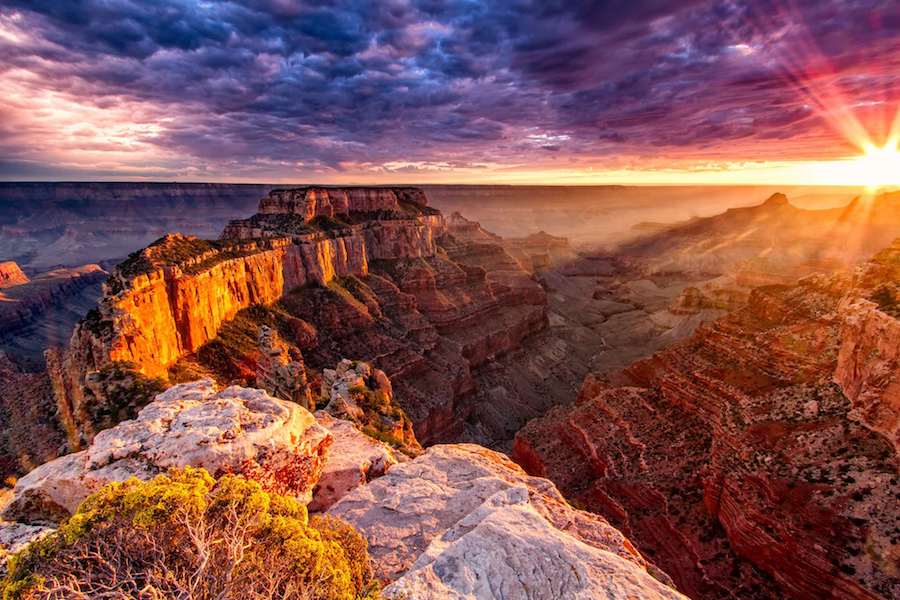
The Natural History Museum recently authenticated the tracks below me as belonging to a long-necked herbivore (that grew to 10 metres) called Camelotia (named after King Arthur’s nearby mythical castle). Camelotia would have been walking along the edges of a shallow inland sea near the centre of the super-continent Pangea, which started to drift apart relatively soon afterwards.
The other sight (fortunately further away) is even rarer, and comprises two nuclear reactors being constructed at Hinkley Point. The site is reported to be the largest single building project in Europe, and currently boasts over 20 cranes. The U.K. opened the world’s first commercial nuclear-power station (at Windscale) in 1950, and about 20% of the country’s electricity is currently generated from eight nuclear reactors.
Nuclear power has been catapulted up the electricity-supply agenda in Europe by Russian President Vladimir Putin’s invasion of Ukraine. Natural gas provides 22% of the European Union’s energy, and 40% of this gas comes from Russia.
Global gas prices had already surged last year, with Europe suffering particularly badly because of low storage levels, high carbon prices, fewer liquefied natural gas deliveries and infrastructure outages. In 2021, gas prices in Europe rose from €15/megawatt-hour to over €150/MWh, and after retreating to below €80/MWh at the start of this year, prices peaked recently at €340/MWh ($380) before falling back sharply on more encouraging supply signals.
The prices of coal and oil have also risen, but it is uranium that is likely to see the greatest long-term impact from the outbreak of war in eastern Europe. Indeed, a reopening of the whole debate about the advantages and disadvantages of nuclear power is now likely.
Nuclear power provides about 10% of global electricity from 440 nuclear reactors in 33 countries. According to the World Nuclear Association, 123 of these reactors are expected to close within 20 years, but there are 55 reactors already under construction in 19 countries, and 308 are expected to come online by 2040.
As Europe’s largest economy, and the country most reliant upon imports of Russian gas, Germany is at the centre of the burgeoning energy debate. The country has set itself a goal of being carbon neutral by 2045, and is planning to phase out coal-fired power stations by 2038.
Renewable energy accounted for almost 41% of Germany’s power supply in 2021, with wind contributing 20%, solar 9%, biomass 8% and hydroelectricity 3%. Coal contributed 28% last year, with gas adding 15% (over half of which comes from Russia), nuclear power 12% and oil 4%.
In contrast to France (whose 58 nuclear reactors supply 75% of the country’s electricity), Germany is currently due to phase out nuclear power by the end of this year. However, the German Vice Chancellor, Robert Habeck, recently announced his intention to further diversify the country’s energy supplies, and signalled that Germany might consider keeping its nuclear plants online.
The uranium price has reacted accordingly and recently breached $60/lb. Although almost back to the levels of 10 years ago, the price is still well short of the peak of $128 per lb. reached in May 2007. It marks, however, a comforting cushion from uranium’s low of $15 per lb. in November 2016; Nuclearsaurus now seems unlikely.
— Dr. Chris Hinde is a mining engineer and the director of Pick and Pen Ltd., a U.K.-based consulting firm he set up in 2018 specializing in mining industry trends. He previously worked for S&P Global Market Intelligence’s Metals and Mining division.
(This article first appeared in The Northern Miner)




